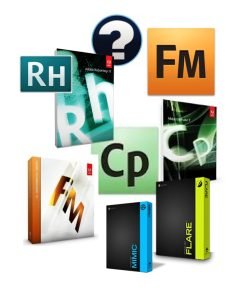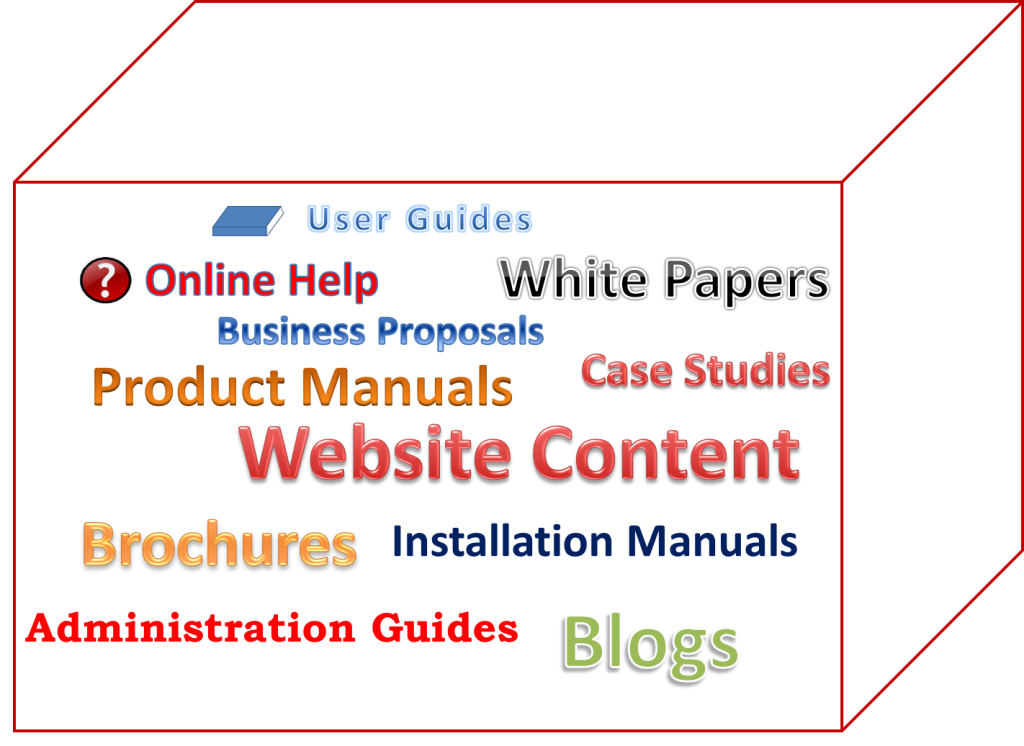Best Technical Writing Training in Lucknow, India
How does technical writing training help boost your career in technical writing in India?
Technical writing is all about presenting complex information in a manner that is structured, articulate and easy to understand. Often considered similar to content writing, technical writing training takes a different approach involving focus on improving analytical skills, communication skills, writing skills, and knowledge of processes as well content authoring tools and platforms.
Since technical writing is a form of technical communication, it comes within the purview of the definition given by the Society for Technical Communication that defines it as any form of communication that demonstrates the following features:
- Communicates about technical or specialized topics, such as computer applications, medical procedures, or environmental regulations
- Communicates through printed documents or technology, such as web pages, help files, or social media sites
- Provides instructions about how to do something, regardless of the task’s technical nature
It is quite clear that technical writing is vastly different from content writing. While the most common example of content writing is a blog which is a digital diary or journal of sorts wherein you can document anything you like; technical writing covers many different genres. User manuals, product descriptions, white papers, data sheets, are a few examples. Content writing blogs serve the purpose when we need to understand what the content is but when it comes to how to use the content – it is technical writing that comes to our aid. For this purpose, technical writers use a variety of tools to author content, such as:
- Desktop publishing tools & word processors (Microsoft Office, Adobe Framemaker, InDesign, QuarkXPress, Apple Pages)
- Image editing software (Adobe Photoshop)
- Screen capture tools
- Help authoring tools
- Content Management Platforms ( WordPress, Joomla, Drupal, Wiki-based tools)
Good verbal communication skills are a prerequisite to becoming a technical writer but what is equally important is the willingness of a person to get into this genre. More than just authoring documentation & identifying the target audience, one needs to constantly follow standard processes and guidelines. From executing & creating content to delivering and deploying outputs and the various forms in which the outputs are delivered, a technical writer must be aware about everything.
As an aspiring technical writer, your responsibilities extend beyond creating written content and this may include producing visual aids (diagrams, images, illustrations, whiteboard animations, etc.) to complement complex information. To convey it in the most clear, concise and effective way possible, it is also important that you possesses analytical reasoning and questioning abilities along with sound knowledge of computers.
However, these skills cannot be acquired in one day. They take time to learn and are developed over a long cycle either through on the job experiences or in a comprehensive training program that can boost the learning as well as the career growth.
At Ascezen Consulting – a Lucknow based Content Writing Services provider, we provide training to the aspiring writers covering all the important aspects of writing, including tools such as Madcap Flare, Adobe Frame Maker, Screen Capture and Project Management tools. Technical Writing training course at Ascezen Consulting, Lucknow, India includes:
- Understanding and Concepts Technical Writing
- Need and Application of TW
- Documentation Development Lifecycle (Traditional Waterfall Model)
- Agile Documentation
- Templates
- Reporting and formats
- Pre-requisites
- Technical Writing Essentials:
- Various types of documentation deliverables and formats
- Samples
- Style Guides: Why, How?
- English Grammar Refresher
- Sentence Construction, Punctuation, Subject-Verb Agreement, Articles, Prepositions
- Tools Training:
- MS Office, Adobe FrameMaker
- Adobe RoboHelp
- Screen Capturing tools: Overview and Usage
- Indexing
- Single-Sourcing
- Collaborative Authoring, Cloud-based Tools
- Working with Productivity Tools
- Professional Grooming: Soft Skills
- Conference Call Etiquettes
- Interviewing skills
- Email Etiquette
- Communication Skills
Get in touch with us to know more about our content writing and technical training courses offered at Lucknow, India and how you can scale up your career in content-driven industry.












